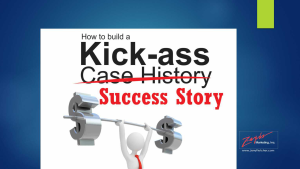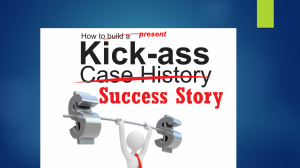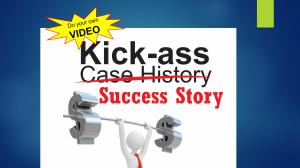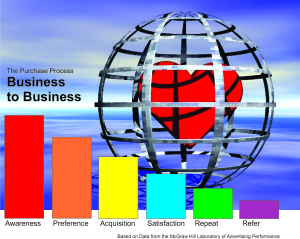“At least once a year I look at how I’m marketing my own practice,” I said
“This year I looked at all the ways to link suspects, contacts, prospects and such to my digital assets.” 
Gail, our resident writer who is always looking for the facts, sounding like a TV cop asked, “So what social media did you put on the list?”
“Well,” Rick offered, “I’ll bet he picked on the usual suspects—Linked In, Facebook and Twitter and maybe a little bit of old-fashioned direct mail since he ran operations in my direct marketing agency for a while.”
“That’s good as far as it goes,” I replied. “I looked at Instagram, too.”
Bubba snorted. The branding Buddha dripped southern disdain as he said “Instagram– isn’t that the chile of Facebook from the wrong side of the sheets?”
Gail snickered and said, “Kind of, but it’s closer to the photo album the Momma wanted to share.”
“In any case,” I said, “you have to have a business page on Facebook in order to put ads on it and you use Facebook tools to build the ads.”
Chris, our young Digital Director for a training outfit said, “What you decided to do with each of them is what is important. Is it possible you’re about to take the plunge into ubiquity?”
Bubba drawled, “You getting’ uppity boy? I know there’s some new blown theory about being ‘present everywhere’ in the digital world. Tha’s why some brands are so well known. And it has more to do with all kinds of media than just the on-line stuff.”
“You’re right again my cracker friend,” I said. “I ran some tests on-line. You remember that old data that linked awareness to preference? Well the tests showed the rule of thumb is true. The difference is you can get the results a lot quicker.”
Chris asked, “Did the numbers work out the same?”
“It’s too early to tell on the longer term items but from Awareness to Preference to Trial is pretty much the same,” I replied. “This is really more about human nature than media. Just because we have more ways of reaching people doesn’t change the way people operate. The better they know you the more they trust you. If they trust you they respond.
What it does do is force you to look at broadening your approach slightly and to be present enough in any media you use to generate the critical awareness that leads to success down line. It means you have to be very cognizant of your brand across all the media and make sure that all the things you do are linked.”
The Takeaway:
Digital advertising response goes through the same phases as non-digital…just a little faster.
Human response based on trust is what to monitor if you want to make money…not the media.
Your brand is the linchpin of all your promotions. Link everything to it.
Jerry Fletcher’s blog recaps conversations with clients, prospects and the unruly mob of business development professionals he consorts with. They discuss marketing that works from solopreneur to enterprise level. Jerry, The Consultant’s Communication Consultant, is the ringleader and “Watson” of the dialogue. Sign up for the blog and other publications at: www.JerryFletcher.com/Profit.html
Jerry has been researching and implementing small business marketing that builds businesses, careers and lives of joy for 25 years as President of Z-axis Marketing, Inc. Learn more at www.JerryFletcher.com
Schedule a personal appearance. Jerry speaks internationally on Networking, Marketing and Contact Relationship Magic. www.NetworkingNinja.com











